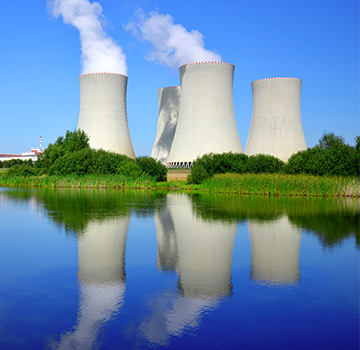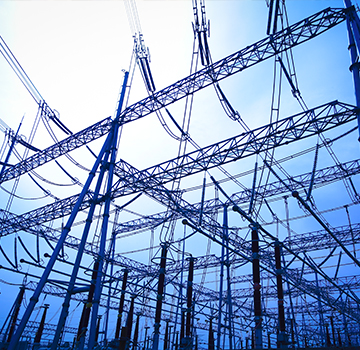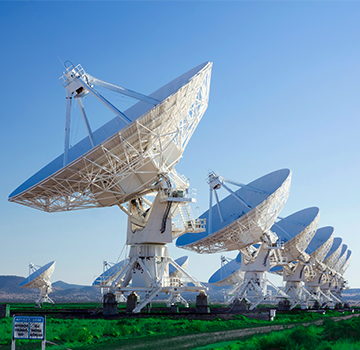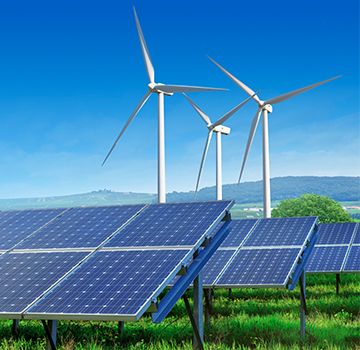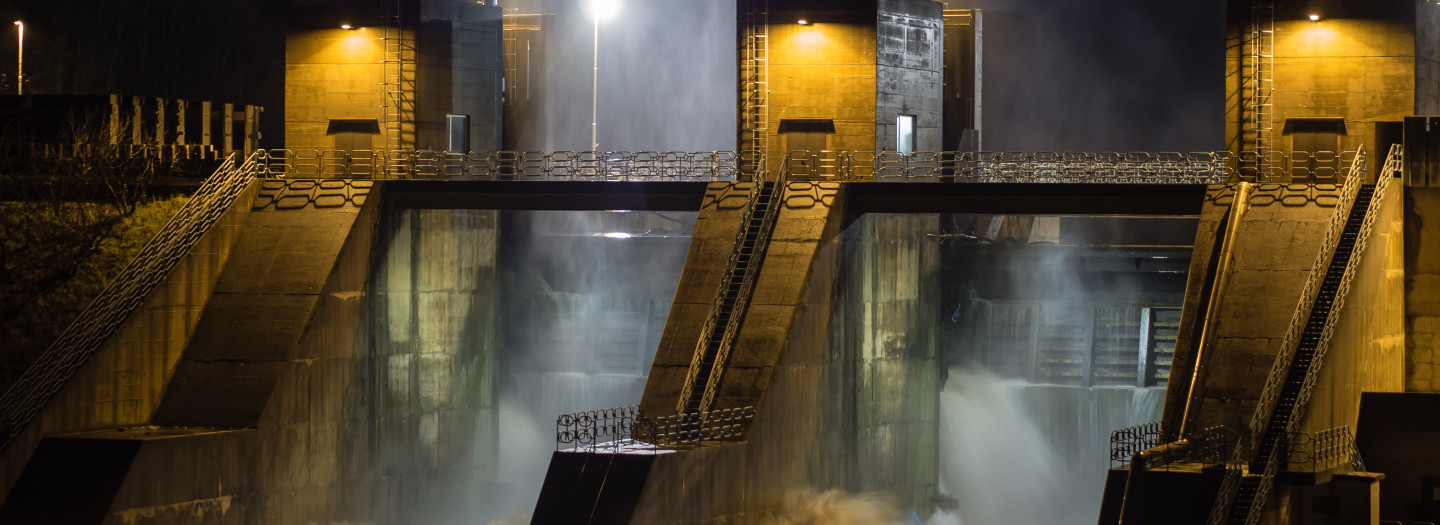Solar and energy storage vital in a crisis
Back up generators are never entirely foolproof. The city of New York learned that the hard way when Superstorm Sandy hit in 2012. The crisis left major hospitals, emergency response centres and 80,000 New York City public housing residents without power. This was despite the deployment of over 200 power generators.
Energy security should always be a top priority in crisis response, particularly for critical services such as shelters and hospitals. Recent findings released by The City University of New York (CUNY) show that solar power coupled with energy storage provides greater energy resiliency than diesel or gas-powered generators. These findings aren’t unexpected, but the report further justifies the decision to have alternatives in place for both a more efficient and more economical response to natural disasters.
Proven economic and technical feasibility
The report which was supported by the US Department of Energy, looked at the economics of storing enough solar energy to supply essential New York State services during a crisis response situation. Based on two critical facilities – a school which served as a storm shelter and a fire station which saw severe flooding during Sandy – CUNY’s findings emphasised the economic and technical feasibility of solar and storage.
It concluded that, when coupled with energy storage solutions, solar photovoltaic delivers a higher return on investment than solar PV alone — and that a hybrid system consisting of solar PV, industrial batteries, and generators would offer a better return than New York’s current reliance on generators.
Energy storage provides more value
The study included an additional ‘value stream’ which demonstrated the potential costs of a power outage that could be avoided through the adoption of solar and storage. Investing in solar alone did not provide high returns as the sites examined had limited space for the instalment of PV. In tandem with storage, however, CUNY found that such a system was able to deliver a large return on investment, even before factoring in the huge value of its resilience during a crisis response situation.
Hybrid solar systems the best option
Hybrid systems which incorporate solar and storage together with traditional generators are not only extremely resilient, but offer the most cost-effective approach to providing New York City’s critical power needs. According to the findings, a system of this kind can generate a positive economic return over a lifetime as well as providing energy security during times of crisis. The installation of solar and storage systems in New York would lead to a reduction in the size of generators by around a third, as well as a marked reduction (up to 40%) in fuel consumption.
Energy diversification for a cleaner future
The diversification of energy sources will not only help cities like New York move towards a cleaner future, it will most importantly allow for the provision of essential services when a critical response is required. The success of hybrid power systems hinge on the use of reliable, high-performing solar panels and energy storage solutions. These systems are economically and logistically viable for any city possessing similar utility infrastructure and power demand profiles as New York.
If you are interested in diversifying the power in your area, SEC invites you to get in touch to enquire about energy partnerships. Together, we can work to change the way you use power.
